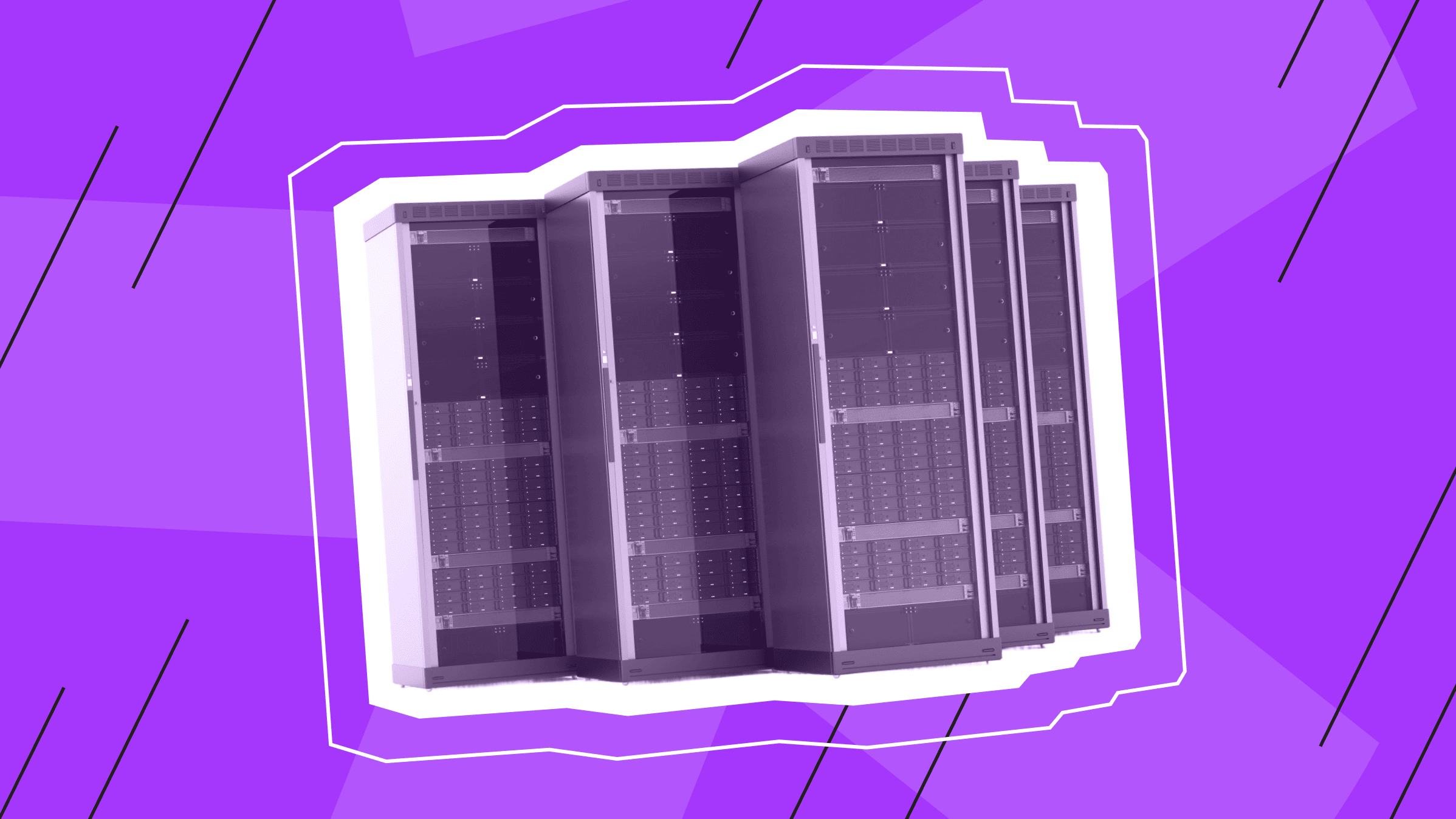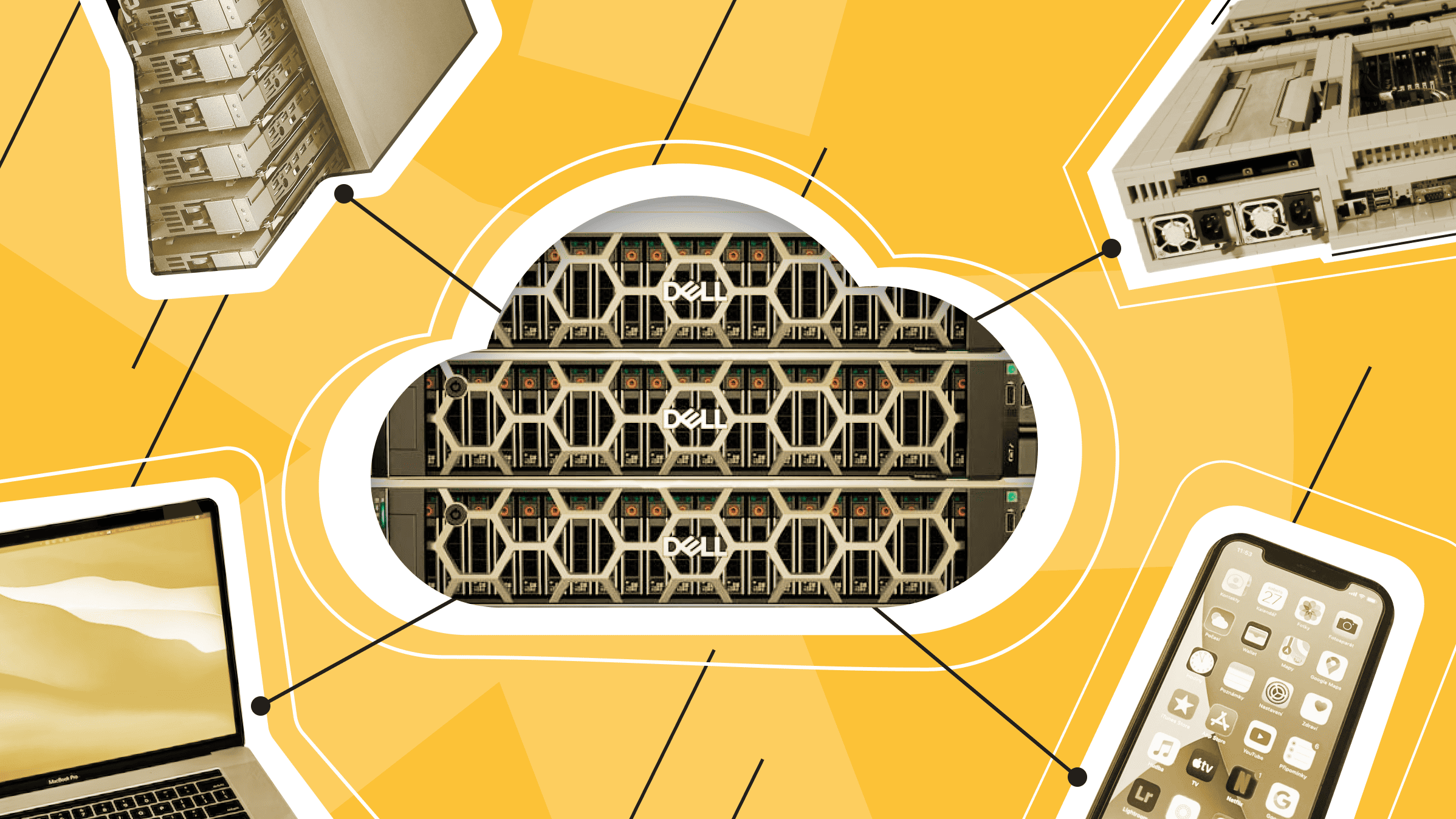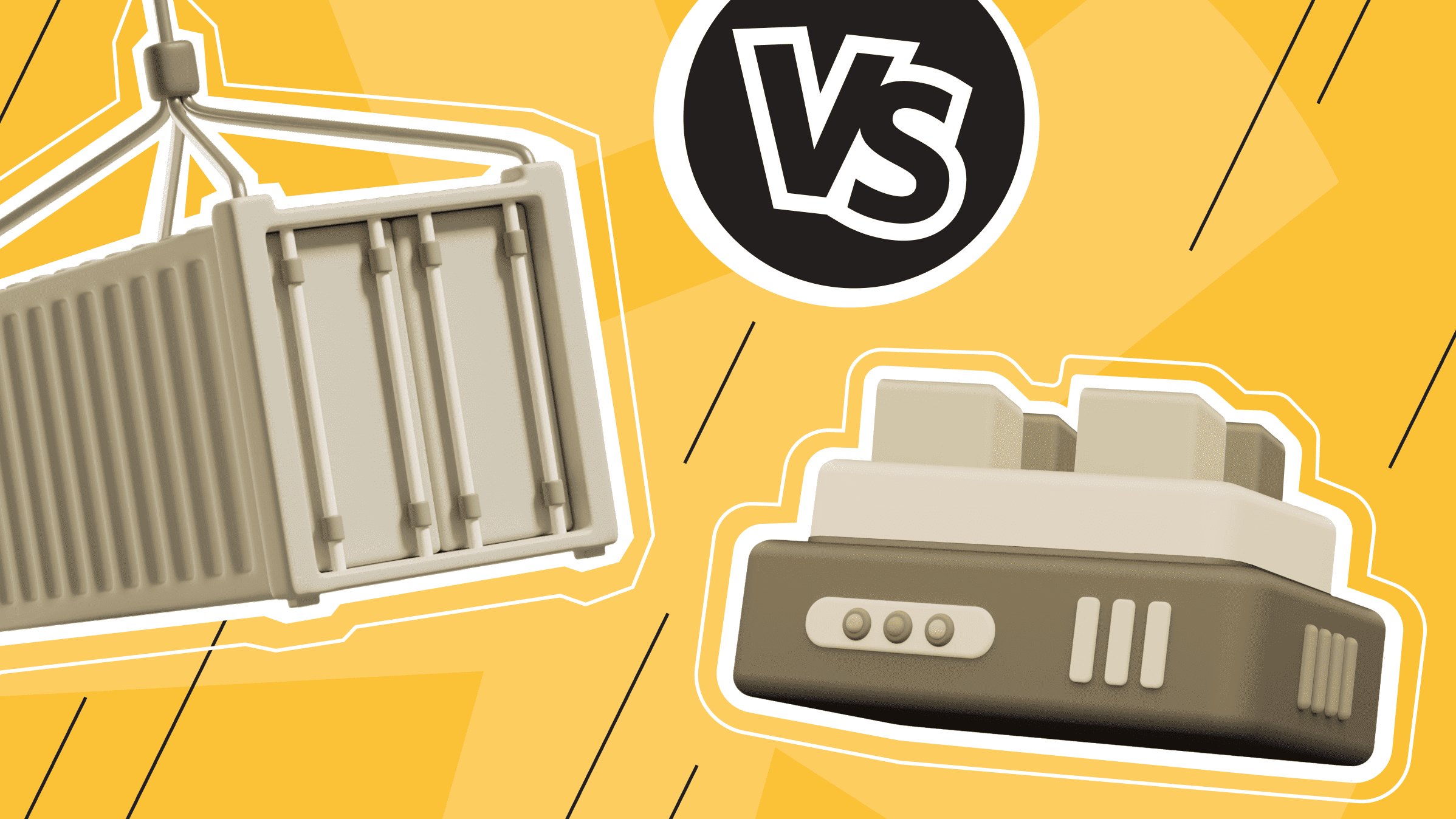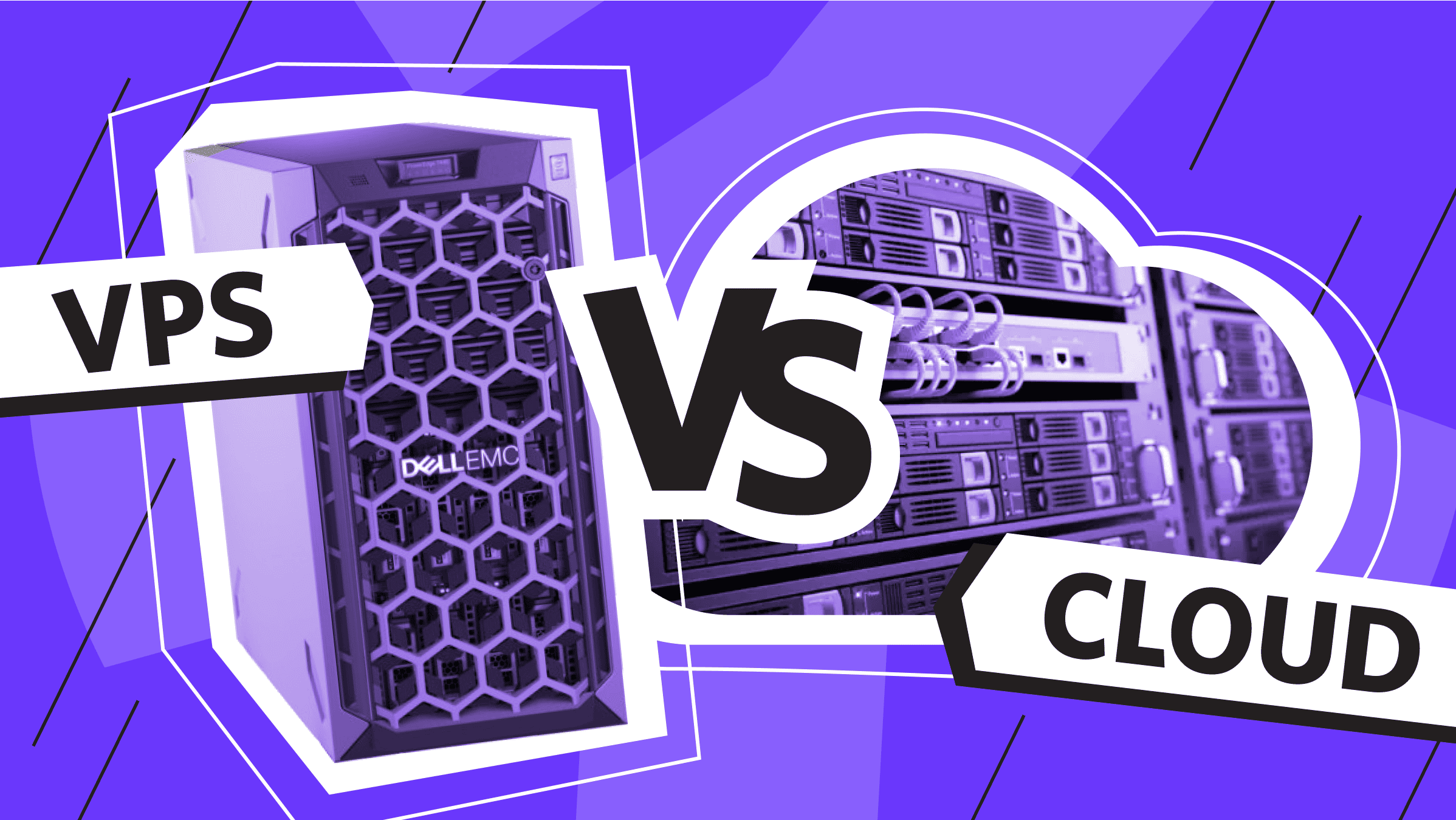
In the past, separate hosting servers were used for different tasks. Today, a combination of cloud services is the norm. This shift happened over several years as demand grew for hosting technologies to handle large amounts of data better, perform tasks faster, and save money.
Physical machines gave way to virtualization, and later to fluid, distributed resources. Now, organizations face an array of choices for their hosting infrastructure: from bare metal servers to complex, globally orchestrated systems. The challenge is picking the right path for performance, cost, and security. Each approach — from classic hardware to cloud orchestration — comes with its own strengths and pitfalls.
The Early Days and Bare Metal Servers
Before virtualization became widespread, data centers relied on physical machines for everything. Each machine was used for a specific task, like running a website, a database, or email.
This one-to-one relationship gave administrators direct hardware control without worrying about the overhead of a virtualization layer. However, it also meant rigidity when it came to scaling out. For a time, bare metal servers were unrivaled in predictability and power.
Here are some simple observations from that era:
- Costs were high. Scaling meant adding more physical boxes.
- Downtime was more common. Maintenance required physically swapping or upgrading components.
- Security was tangible. You knew exactly which machine held your data.
Despite the drawbacks, the deep control over resources stood out. Businesses with big data needs, specialized hardware requirements, or strict security mandates often had no choice but to continue relying on bare metal servers. Modern solutions have largely overshadowed this model, but the foundation of controlled, high-performance hosting was laid in these early setups.
What Is Bare Metal Hosting?
Bare metal server is a physical machine allocated to a single client, free from any hypervisor layer. The user can install an operating system directly onto the hardware, enjoying uninterrupted access to the CPU, RAM, and storage.
Below are a few quick pros and cons to clarify why you might use a bare metal server:
- Pro. Absolute control and customization.
- Pro. Predictable performance with zero resource contention.
- Con. Scaling up is manual and can take days or weeks.
- Con. Hardware ownership or leasing leads to long-term costs.
For organizations that need raw speed and specialized configurations, bare metal server hosting remains compelling. Some still prefer the comfort of tangible hardware, even as multi-cloud solutions promise greater agility. Those asking, “What is a bare metal server in the cloud?” will find that some providers have melded the bare metal model with the convenience of on-demand provisioning, offering dedicated hardware that can be spun up like a virtual instance.
Bare Metal Use Cases in the Past
In the 1990s and early 2000s, bare metal servers were central to critical systems:
- High-traffic e-commerce. Merchants needed steady uptime during surges.
- Finance & banking. Intensive calculations were performed on stable, secure hardware.
- Gaming servers. Minimal latency was crucial for a smooth experience.
At the time, the question of “best bare metal servers vs. multi-cloud solutions” wouldn’t even arise, because multi-cloud solutions didn’t exist. The entire hosting landscape revolved around physical setups. People planned for capacity in rack units and measured investments in on-site data centers. It was a world where hardware reigned. Then came virtualization, rewriting the script and ushering in resource efficiency at a new level.
Dedicated Server
This ideal solution for large-scale projects offers unbeatable protection, high performance, and flexible settings.
Virtualization and the Rise of VPS
Virtualization changed everything. It allowed a single physical server to be split into multiple, isolated environments. Each environment looked and felt like a dedicated machine but shared underlying resources with others on the same box. This innovation laid the foundation for the virtual private servers (VPS) model, democratizing hosting for a broader audience.
Virtualization made it feasible to use server resources more effectively. Instead of leaving much of a server's capacity unused, multiple virtual instances could run smoothly side by side, as long as we had strong hypervisor technology and good resource management. This approach lowered costs and paved the way for advanced automation. It also made setting up a test environment a matter of minutes, not weeks.
The Shift to Virtual Private Servers
Switching to VPS solved the obvious inefficiencies of having one application per machine. Providers realized they could install a hypervisor on bare metal servers, divide them into smaller segments, and offer each as a self-contained hosting environment. Users gained root access, the ability to pick operating systems, and the freedom to install software — just like on a dedicated machine, but at a fraction of the cost.
Key reasons why VPS thrived:
- Efficiency. Better utilization of hardware meant more affordable packages.
- Scalability. Adding more virtual servers was quicker than procuring new boxes.
- Accessibility. Startups and small businesses could afford near-dedicated performance.
Skeptics were initially worried about performance overhead from virtualization. However, over time, improvements in hypervisors and CPU extensions minimized that overhead. The rise of VPS eventually paved the way for cloud hosting solutions, introducing a fluid, pay-as-you-go resource model that scaled far beyond a single machine.
Impact on the Hosting Industry
The introduction of VPS caused big changes in the market. First, it made it easier for individuals and small companies to host their own websites, leading to a surge in new hosting providers. People who resold hosting services could lease a bare metal server, divide it into multiple VPS instances, and run profitable businesses around it. This expanded the hosting market, offering more flexible options at various price points.
Below are some noteworthy outcomes:
- Democratization. More people launched online ventures without huge upfront costs.
- Shared hosting evolution. Traditional shared plans gained features like isolated processes and better resource management.
- Reselling made easy. Splitting resources into smaller VPS packages led to an explosion of hosting resellers.
This set the stage for the ultimate leap: the cloud. VPS technology had proven that slicing resources and automating their deployment worked. The next logical step was an ecosystem capable of replicating that model on an enormous, global scale. That’s precisely what happened next, giving birth to cloud hosting on a worldwide level.
The Cloud Revolution

Because of extensive virtualization and orchestration, cloud computing has gained widespread popularity. Global providers built vast networks of data centers, offering a wide range of services on demand. Suddenly, paying for a server became as easy as paying a utility bill. Instead of purchasing hardware, you rented an instance: scalable, reliable, and often more cost-effective.
Companies like Amazon Web Services, Microsoft Azure, and Google Cloud led this revolution, each introducing unique features for developers and enterprises. The idea of enterprise cloud infrastructure took off, offering advanced security, compliance certifications, and performance that could handle mission-critical workloads. But even with the cloud’s many advantages, bare metal servers were still needed for certain workloads requiring direct control over the hardware.
Eventually, organizations began combining cloud and on-premise systems into a hybrid cloud infrastructure. From there, they started looking at multiple providers to avoid lock-in and gain specialized features, giving rise to multi-cloud solutions. This created an integrated tapestry of resources that organizations could orchestrate to achieve the best performance, cost, and resiliency.
Introduction to Cloud Hosting
"Cloud hosting" refers to using a large number of virtual resources, often spread across many locations, to handle workloads. There are three main types of cloud services:
- IaaS (Infrastructure as a Service). Rent virtual machines, storage volumes, and networks.
- PaaS (Platform as a Service). Deploy code without worrying about servers or operating systems.
- SaaS (Software as a Service). Access fully managed applications (e.g., CRM, email, analytics) through a browser.
The “cloud” is fundamentally about convenience, flexibility, and scale. Instead of relying on single bare metal servers, you tap into a global grid of interconnected data centers. Billing is usage-based, enabling businesses to scale up during traffic spikes and scale down during quieter periods.
Benefits of Cloud Hosting
Before listing the benefits, it’s important to remember that cloud architectures rest on virtualization, automation, and vast data center networks.
Top reasons businesses embrace the cloud:
- Scalability. Launch more instances on demand.
- Global reach. Deploy resources in different regions for faster user experiences.
- High availability. Redundant infrastructure ensures minimal downtime.
- Pay-as-you-go. Pay only for the resources you actually use.
This elasticity allows an online store to handle holiday rushes without investing in idle hardware. Startups can run big tests without committing to multi-year data center contracts. The convenience factor is immense. Yet costs can spiral if usage isn’t monitored, which is why many organizations adopt hybrid setups or even multi-cloud solutions.
Common Cloud Use Cases
All kinds of companies have leveraged cloud hosting solutions to achieve their goals:
- Startups. Spin up development, staging, and production environments without big capital expenses.
- E-commerce. Handle spikes in shopping traffic during holidays or promotions.
- SaaS projects. Launch global applications with minimal overhead.
Because cloud services are effectively “LEGO blocks” of compute and storage, developers can snap them together to build advanced architectures. From real-time analytics to AI-driven customer insights, the cloud provides the necessary building blocks. Even so, certain high-performance or compliance-sensitive workloads still prefer bare metal servers or a mix of on-prem and off-prem resources. This is where multi-cloud solutions and hybrid cloud infrastructure come into play.
Hybrid and Multi-Cloud Infrastructures

As cloud computing matured, organizations realized they didn’t have to commit to a single model. By combining on-premises data centers with one or more public clouds, they could create a hybrid cloud infrastructure. From there, expanding further using multiple external cloud providers led to the rise of multi-cloud solutions.
These multi-layered solutions address various challenges. They help prevent companies from becoming locked into a single provider, allowing them the flexibility to switch or reassign workloads if costs or policies change. They also boost resilience: if one provider's region experiences an outage, workloads can be rerouted to another. Additionally, multi-cloud setups allow specialized services from different clouds to work together seamlessly in one place.
However, complexity soars as soon as multiple platforms enter the picture. Security, networking, and compliance strategies must be consistent across each component. Still, many enterprises find that the benefits outweigh the challenges. Rather than rely solely on a single vendor or an on-premises data center, they piece together a mosaic that meets their exact requirements.
What Is Multi-Cloud?
By definition, multi-cloud solutions involve using more than one cloud provider at once. This differs from the basic hybrid approach, which typically combines on-premises infrastructure with a single cloud. Multi-cloud solutions may involve multiple public clouds, private clouds, or a combination of both. Some people use “hybrid cloud” and “multi-cloud” interchangeably, but there’s a subtle distinction:
- Hybrid cloud. This usually refers to pairing on-prem data centers with a public cloud, making it easy to move data between the two.
- Multi-cloud. This often involves using several external clouds, sometimes along with an on-premises cloud, to get special features, better cost savings, or extra protection on different platforms.
Why Businesses Choose Multi-Cloud
Companies don’t jump into multi-cloud solutions on a whim. They do it to reduce risk, avoid lock-in, or leverage best-in-class services that differ between providers. Below is a snapshot of common motivations:
- Resilience. If a region in one cloud fails, another cloud can fill the gap.
- Cost control. Different providers offer varied pricing structures.
- Feature specialization. One might excel at AI tools, another at big data.
- Global compliance. Some providers have better compliance footprints in specific regions.
The biggest trade-off is complexity. Managing security, networking, and identity across multiple clouds requires careful planning. But for large businesses, the benefits of dividing work and using specialized services can outweigh the extra effort. Over time, orchestration tools have emerged to streamline this process, simplifying how teams deploy multi-cloud apps. It’s a pinnacle of modern hosting — aligning resources from multiple sources to create a secure, efficient, and future-ready environment.
VPS for Your Project
Maximize your budget with our high-performance VPS solutions. Enjoy fast NVMe, global reach in over 40 locations, and other benefits.
How to Choose the Right Hosting Model Today
Facing the array of bare metal servers, virtual private servers (VPS), cloud, hybrid, and multi-cloud solutions can be daunting. The choice ultimately comes down to budget, workload demands, security needs, and projected growth. Some industries stick to bare metal servers for maximum performance, while others chase the rapid elasticity of the cloud. Many choose to fuse approaches, adopting multi-cloud solutions to optimize every aspect of their application stack.
Before reviewing the table below, consider these key decision drivers.
Budget:
- Bare Metal Servers. Higher upfront or monthly lease costs, but stable for predictable workloads.
- VPS. A middle ground option, often well-suited for small-to-medium projects.
- Cloud. Potentially cheaper early on, but keep an eye out for uncontrolled growth.
Performance:
- Bare Metal Servers. Minimal overhead; perfect for latency-sensitive tasks.
- VPS. Solid for most web apps; performance may vary if resources are oversold.
- Cloud. High performance, especially with specialized instance types or GPUs.
Security & Compliance:
- Bare Metal Servers. Offers single-tenant isolation by default.
- VPS. Virtual layers can satisfy many compliance rules, but some prefer physical isolation.
- Cloud. Strong security frameworks, but multi-tenant environments may require added oversight.
Scalability:
- Bare Metal Servers. Scaling requires provisioning more physical units.
- VPS. Faster than bare metal, but less agile than fully managed cloud platforms.
- Cloud. Offers near-instant vertical and horizontal scaling options.
Take a look at the comparison table below:
|
Hosting Model |
Strengths |
Challenges |
|
Bare Metal Servers |
Raw power, full control, strict isolation |
Difficult to scale, higher overall costs |
|
Virtual Private Servers (VPS) |
Cost-effective, flexible resource allocation |
Shared physical resources, possible overhead |
|
Cloud Hosting |
Elastic scaling, global reach, pay-as-you-go |
Costs can spike without careful monitoring |
|
Multi-Cloud Solutions |
Specialized features, vendor redundancy, and resilience |
Complex orchestration, tricky policy alignment |
These days, you can keep some of your most important data on bare metal servers and spread other workloads across one or more clouds. This approach combines the raw power of dedicated servers with the flexibility of cloud services.
The conversation about hybrid cloud vs. multi-cloud continues to loom large. But in practice, it’s rarely an either-or scenario. You might use both strategies at different layers. Each piece of the puzzle — bare metal servers, single-cloud services, or multi-cloud solutions — plays a role in shaping a robust enterprise cloud infrastructure.
Conclusion
The hosting path has evolved from purely physical setups to complex architectures blending on-premises, private, and public clouds.
Along the way, bare metal servers proved their worth in performance-hungry scenarios, while virtual private servers (VPS) and cloud platforms unlocked new levels of scalability. Today’s multi-cloud solutions offer another dimension: specialized features, global reach, and reduced risk of vendor lock-in. Each model, whether hardware-heavy or globally distributed, brings distinct perks. The key is weaving them together wisely. Whether you lean on dedicated hardware or orchestrate multi-cloud environments, the future of hosting remains a thrilling, ever-shifting frontier.
Dedicated Server
Get smooth operation, high performance, easy-to-use setup, and a complete hosting solution.
From $70.00/moBackup Storage
Store your backups in a safe place — is*hosting takes care of the protection.
Get $2.00/mo

